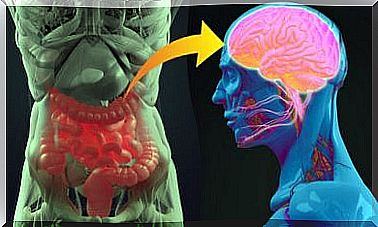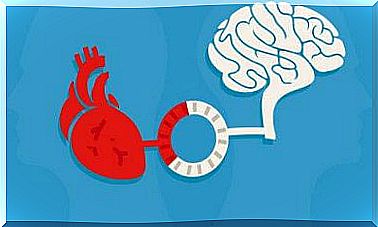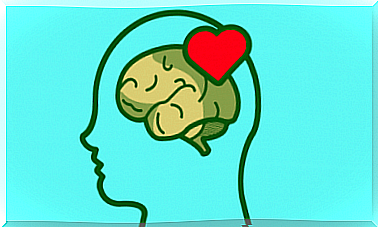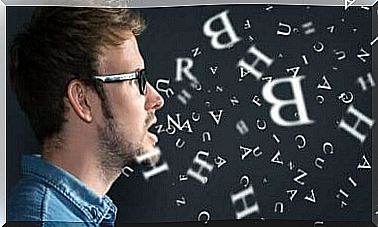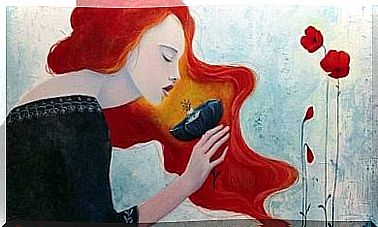Piaget’s Sensorimotor Developmental Stage

Parents, educators, and anyone who has spent a significant amount of time with children have observed the developmental process that occurs during the first years of their lives. This process is the basis of Piaget’s theory of evolution. The first phase of this process (the sensorimotor development stage) is the topic of today’s article.
The psychologist, Jean Piaget, was the author of one of the most important theories of child development ever written. He divided this process, whereby children develop their cognitive skills, into four stages.
The first stage starts at birth and lasts until children are about two years old. It is a particularly important stage because of the incredible development that children go through at this age.
Characteristics of the sensorimotor developmental stage
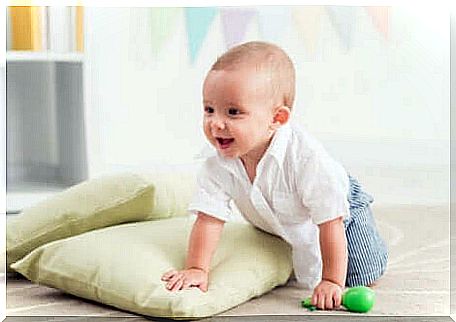
Exploring and discovering their surroundings
During the first two years of their lives, children begin to explore and get to know their surroundings by using their senses. Piaget highlights assimilation and accommodation as the primary learning processes.
To understand these concepts, it is important to know that children’s brains function on the basis of basic cognitive structures. These change based on their experience.
Therefore, assimilation occurs when children use their existing cognitive structures to relate to a new object or a new event. For example, when they suck on a bottle for the first time, they use the movement they used to suck on their mother’s breast.
Accommodation, on the other hand, occurs when a new experience does not fit into any of the already existing cognitive structures. In this context, the structures need to change. This happens, for example, when children whose concept of a family includes father, mother and children, meet a family without a father because the father is dead, for example.
Egocentrism
Another fundamental element in the stage of sensorimotor development is egocentrism. Children at this age are not able to understand things from a different point of view.
In other words, children think that everyone sees, thinks and feels things the same way they do. This means that they have to learn to understand that their individuality differs from others and their surroundings.
Object permanence
One of the major developmental milestones in the sensorimotor development stage is object permanence. That is, the understanding that objects, people, and events continue to exist, even when children cannot see, hear, or perceive them in any way.
At the end of this stage, for example, children will be able to understand that their mother still exists when she is out of sight. Before they reach this milestone, children believe that their mother has simply disappeared.
Sub-stages in the sensorimotor development stage
Throughout this stage, one can observe the mechanisms that children use in their cognitive development.
- During the first month of life, babies relate primarily to their surroundings through reflexive actions that respond automatically to stimulation.
- Primary circular reactions develop between one and four months. With other children, children consciously repeat bodily movements that generate pleasure. The pacifier on the thumb is an example of this.
- Until babies are ten months old, they repeat stimulating actions. They may both have something to do with their own body or not. For example, they can deliberately kick to noisy toys located at the end of the bed. This is called secondary circular reactions.
- From ten to twelve months, children develop the ability to use their skills to achieve a goal. For example, they can move a pillow that covers for toys they would like to play with.
- Tertiary, circular actions occur between 12 and 18 months. Here, babies begin to vary their behavior and try their hand at discovering new causes-effect relationships.
- Between 18 and 24 months, children finally develop the ability to create mental reconstructions of things. It’s a basic skill they have to reach for the milestone with object permanence.
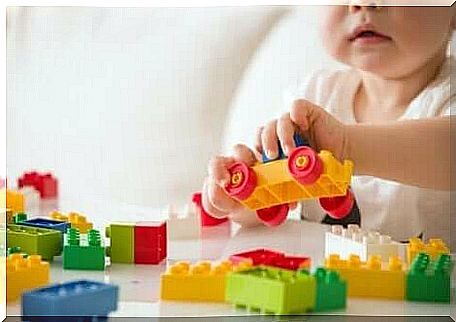
The sensorimotor development stage is the beginning of a fascinating journey
The first stage lays the foundation for children’s future cognitive development. The lessons and skills they acquire over the first two years enable them to interact with the world. Therefore, it is a hugely important phase in children’s development. Nevertheless, a long and fascinating journey of cognitive development begins when this stage is over, which is still waiting for them.
